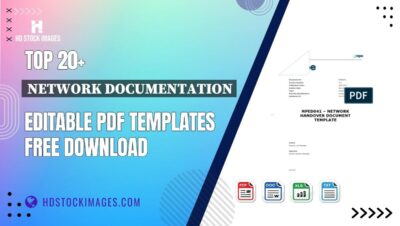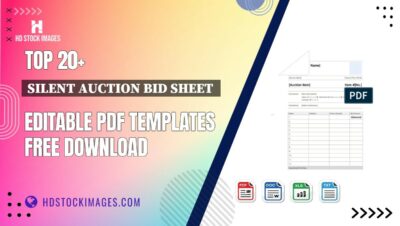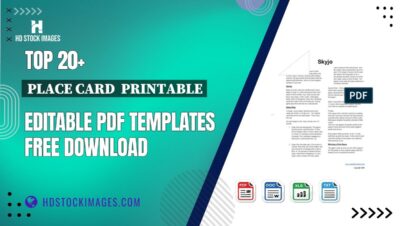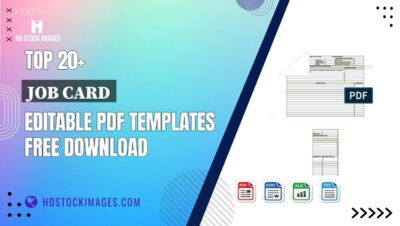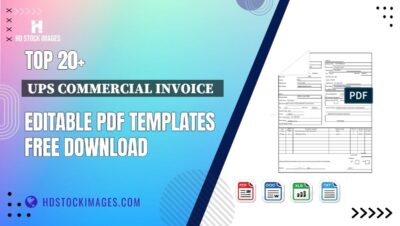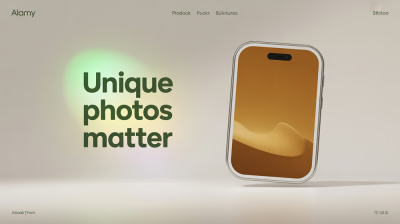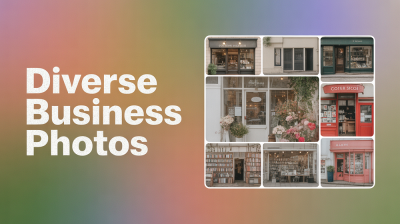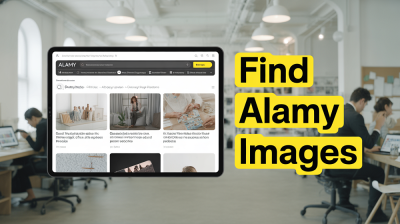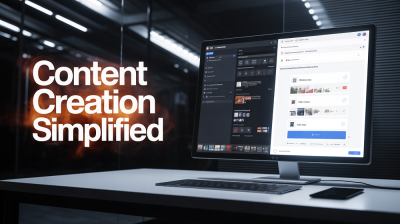Creating a standout portfolio on Behance is essential for showcasing your creative skills and making a lasting impression. Whether you're a graphic designer, photographer, or illustrator, a well-curated portfolio not only highlights your work but also tells your unique story. In this article, we’ll explore some tips for designing an impressive Behance portfolio that truly reflects your artistic vision and helps you connect with potential clients and peers.
Importance of a Strong Portfolio
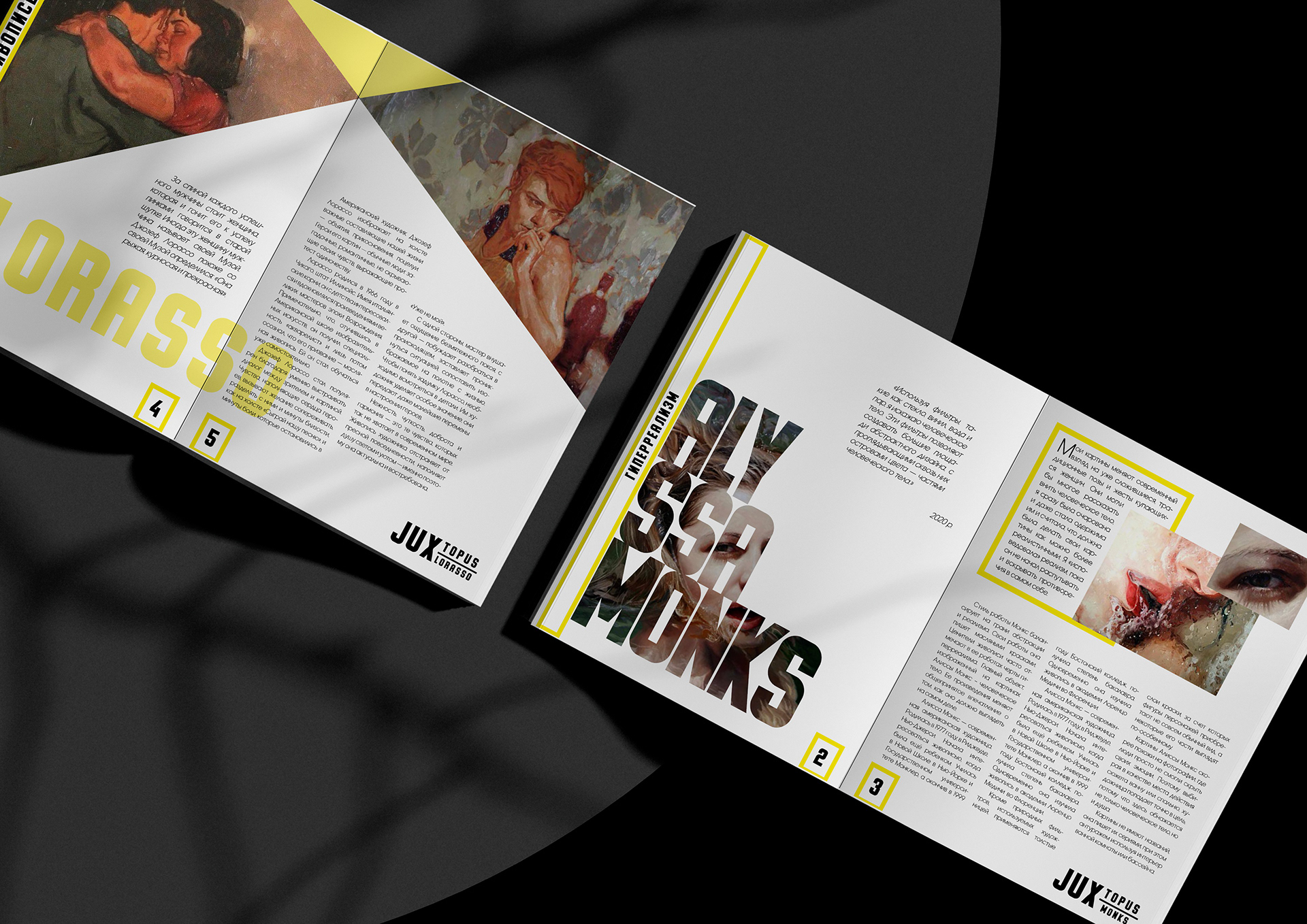
Your portfolio is often the first thing potential clients or employers see, making it a critical component of your professional identity. Here are a few reasons why having a strong Behance portfolio is essential:
- First Impressions Matter: You don’t get a second chance to make a first impression. A polished portfolio can instantly capture attention and set the tone for how others perceive your work.
- Showcases Your Skills: A well-organized portfolio highlights not just your finished projects but also your skills, style, and creative process. This gives viewers an insight into what you can offer.
- Builds Credibility: When you carefully present your work, it shows professionalism and dedication. This builds trust with clients and employers who want to know they’re hiring someone reliable.
- Opens Doors to Opportunities: A strong portfolio can attract freelance gigs, job offers, and collaborations. Clients often browse Behance for talent, so don’t miss out on showcasing your capabilities!
Moreover, a robust portfolio isn’t static; it evolves with you. Regularly updating your Behance profile with new projects keeps your work fresh and reflects your growth as a designer. It’s the perfect platform to display your range and adaptability, ensuring you stay relevant in a competitive industry.
To ensure your portfolio is strong, consider the following elements:
- Quality Over Quantity: Focus on showcasing your best work rather than loading your portfolio with every project you've ever done. Aim for 10-15 pieces that highlight your capabilities.
- Tell a Story: Each project should include a brief description—what your role was, the challenges you faced, and the outcome. This context helps viewers understand your thought process.
- Use High-Quality Images: Ensure that images are sharp, well-lit, and professionally presented. Poor visuals can distract from even the best work.
In summary, your Behance portfolio is more than just a collection of work; it's a vital tool for your career growth. By putting in the effort to design it thoughtfully, you’ll increase your chances of making meaningful connections and finding exciting new opportunities in your field.
Also Read This: How to Upload Photos on Behance: Sharing High-Quality Visuals with Your Audience
3. Choosing the Right Projects to Showcase
When it comes to creating a captivating Behance portfolio, one of the most crucial steps is selecting the right projects to highlight. Your portfolio is essentially a reflection of your skills, creativity, and personal aesthetic, so it's important to choose works that showcase your best abilities and match the audience you want to attract.
Here are some tips to consider when selecting projects:
- Quality Over Quantity: It's tempting to include every project you've ever worked on, but choose only your best work. Aim for 5-10 standout pieces that you feel proud of. Less is often more!
- Variety is Key: Showcase a diverse range of projects that highlight different skills and styles. If you're a graphic designer, include a mix of branding, typography, and digital art to demonstrate your versatility.
- Relevance to Your Goals: Think about what type of work you want to attract. If you're looking for freelance branding projects, prioritize showcasing your best branding work. Customizing your portfolio to align with your career aspirations is essential.
- Focus on Process: Consider including projects where you can effectively illustrate your creative process. Show before-and-after images, sketches, or explanations of how you arrived at the final design. This can significantly enhance your portfolio by providing insight into your thinking and technique.
- Recent Work: Keep your portfolio current by including recent projects. This shows potential clients or employers that you are active in your field and engaged in ongoing learning and trend adaptation.
Remember, your Behance portfolio is a personal space where your unique style and creativity should shine. Take your time selecting projects that not only highlight your technical skills but also reflect who you are as a designer.
Also Read This: How to Make a Beautiful Project on Behance
4. Designing Your Behance Portfolio
Once you have chosen the projects you want to showcase, it's time to think about the design of your Behance portfolio itself. A visually appealing layout can make all the difference in how your work is perceived. Here are some key considerations to help you design an impressive portfolio:
- Cohesive Visual Style: Use a consistent color palette, typography, and visual elements throughout your portfolio. This creates a sense of harmony and professionalism. Choose colors that resonate with your brand and the type of work you do.
- User-Friendly Layout: Ensure that your portfolio is easy to navigate. Use clear headings, organized categories, and intuitive structures. A well-structured layout helps viewers find what they are looking for quickly and encourages them to explore further.
- Include High-Quality Images: Always use high-resolution images that accurately represent your work. Blurry or pixelated images can detract from the overall quality of your portfolio and give a negative impression.
- Thoughtful Project Presentation: For each project, consider providing context. Write a brief description that outlines the project objectives, your role, the challenges faced, and the results achieved. Include images and mockups to give a full picture of the work.
- Add Personal Touches: Don’t hesitate to include some personal elements, like a short bio or a design philosophy statement. This helps give a face to your work and allows potential clients and collaborators to connect with you as an individual.
Lastly, don't forget to test your portfolio on different devices to ensure it looks great on both desktop and mobile. An accessible and visually stunning Behance portfolio is your ticket to showcasing your skills and making a lasting impression in the design community!
Also Read This: How to Download Videos in Bilibili App – Fast Method
5. Tips for Creating Engaging Visuals
When it comes to showcasing your work on Behance, visuals are key. They are often the first touchpoint for potential clients or employers. Here are some actionable tips to ensure your visuals captivate your audience:
- High-Quality Images: Always use high-resolution images. Blurry or pixelated visuals can turn potential viewers away and make your work look unprofessional.
- Consistent Style: Maintain a consistent visual style across your projects. This could include color schemes, typography, or layout. A uniform aesthetic creates a cohesive brand image that is easily recognizable.
- Variety in Content: Include different types of visuals like photos, illustrations, sketches, and process shots. This not only makes your portfolio more dynamic but also gives viewers insight into your creative process.
- Use Mockups: Present your designs in real-world contexts using mockups. Whether it’s a logo on a storefront or a website displayed on a device, mockups help potential clients visualize how your work can be applied.
- Leverage White Space: Don't clutter your visuals with too much information. Use white space effectively to draw attention to the most important elements and create a clean, organized presentation.
- Animated Features: If possible, include animations or GIFs to showcase how your designs work in action. This is particularly effective for UI/UX designers, as it can illustrate user interactions.
Ultimately, your goal is to engage and entice viewers. By putting thought into your visuals, you’re not just displaying your work; you’re telling a story that invites people into your creative world. So, go ahead and experiment with your visuals to find what resonates best!
Also Read This: How to Add a Custom URL on Behance: Personalizing Your Portfolio’s Web Address
6. Writing Compelling Project Descriptions
Once you've caught your audience's eye with stunning visuals, it's time to hold their attention with well-crafted project descriptions. Here are some tips to help you write compelling narratives that accompany your work:
- Start with a Hook: Begin your description with a strong opening that grabs attention. You can pose a question, share a surprising fact, or tell a brief anecdote related to the project.
- Focus on the Problem: Clearly outline the problem your project aimed to solve. This provides context and shows how your work has real-world applications. Potential clients love to see that you can address challenges.
- Describe Your Process: Share insights into how you approached the project. Discuss your brainstorming sessions, sketches, and iterations. This transparency helps viewers appreciate the effort and thought you put into your work.
- Highlight the Outcome: Discuss the results of your project. Include metrics, client testimonials, or user feedback if applicable. Numbers can be persuasive! For instance, “This design increased user engagement by 30%.”
- Be Concise and Clear: While it’s important to be descriptive, avoid lengthy paragraphs. Aim to communicate your ideas clearly and concisely. Use bullet points for key points to make the information easily digestible.
- Infuse Your Personality: Let your voice shine through your writing. A conversational tone can make your descriptions more relatable. Don’t be afraid to show some personality while remaining professional.
Remember, your project descriptions are just as vital as your visuals. They provide depth to your work and can either elevate or diminish the viewer's interest. Craft them thoughtfully, and you’ll create a compelling narrative that complements your impressive visuals!
Also Read This: Removing Watermark on Shutterstock: Guidelines and Processes
7. Organizing Your Portfolio Effectively
Once you've compiled all your stunning projects, the next step is to arrange them in a way that tells a cohesive story. An organized portfolio not only makes it easier for viewers to navigate but also helps highlight your skills and creative journey effectively.
Start with a Clear Structure
Consider using categories to organize your work. Whether you design graphics, websites, or branding materials, grouping similar projects will create a natural flow. For instance, you might want to consider the following categories:
- Graphic Design
- Web Design
- Brand Identity
- Illustration
- Photography
Within these categories, you can arrange your projects chronologically or by complexity. A chronological arrangement can showcase your growth over time, while complexity can help point out your versatility and skill level.
Prioritize the Best Work
Quality over quantity is key. Instead of showcasing every single piece you've ever created, focus on your standout projects. Select those that not only represent your best skills but also resonate with your personal brand. A typical rule of thumb is to aim for 10-15 strong pieces that display a range of your abilities.
Engaging Visuals
As you organize your projects, pay attention to the visuals. Ensure that you have high-quality images that represent your work accurately. Use a mix of close-ups, process shots, and finished pieces to give viewers a comprehensive look at your process and the final result. Additionally, consider using project previews or thumbnails that convey the essence of each piece.
Clear Project Descriptions
Don’t forget that storytelling is a vital part of your portfolio. For each project, include a brief description that provides context. You might want to mention:
- The initial challenge or goal
- Your creative process
- The tools and techniques you used
- Your design thinking and decision-making
- The final outcome and impact
This backdrop not only enriches the work but also paints a picture of your thought process and problem-solving capabilities.
Also Read This: How to Save Images on Behance Saving Your Favorite Photos and Graphics
8. Gathering Feedback and Making Improvements
Creating an impressive Behance portfolio isn’t a one-and-done deal. It requires ongoing effort, which includes gathering feedback and refining your work. Constructive criticism can be incredibly beneficial for your growth as a designer.
Seek Out Diverse Opinions
When you're ready to share your portfolio, seek feedback from a variety of sources. This could include:
- Peers in the design community
- Mentors or instructors
- Potential clients
- Online design communities and forums
Each group can provide different perspectives, helping you understand how various audiences perceive your work.
Ask Specific Questions
When requesting feedback, be specific about what you're looking for. This could range from design principles, usability, and overall layout to the clarity of your project descriptions. For example, you could ask:
- “What do you think about the layout of my portfolio?”
- “Is there a project you feel stands out?”
- “Are there areas where I could improve my project descriptions?”
Specific questions can lead to focused and useful insights rather than vague comments.
Implement Changes
After gathering feedback, take time to reflect on the suggestions. Not every piece of advice will resonate—after all, your portfolio should ultimately reflect your vision and style. Pick the feedback that aligns with your goals and start making improvements.
Whether it’s tweaking a project layout, updating visuals, or revising descriptions, small yet impactful adjustments can enhance your portfolio’s overall effectiveness.
Continuous Learning
Finally, remember that your portfolio is a living document. Regularly update it with new projects and iterate on it as you grow in your career. By continuously seeking feedback and making improvements, you'll keep your portfolio fresh and reflective of your evolving skills and style.
Also Read This: How to Create a Great Behance Portfolio: Tips for Designing an Impressive Profile
9. Promoting Your Behance Portfolio
Creating a stunning Behance portfolio is just the first step in showcasing your talents to the world. The next crucial phase is promoting your portfolio so that it reaches a wider audience. Here are some effective strategies to get your work noticed:
- Share on Social Media: Utilize platforms like Instagram, Twitter, and Facebook to share snippets of your work. These platforms are great for visual content, and you can drive traffic to your Behance portfolio by sharing links.
- Engage with Other Creatives: Behance is a community. Engage with other creators by commenting on their work and appreciating their projects. This not only helps build relationships but also increases the visibility of your profile.
- Utilize Hashtags: When sharing your work, use relevant hashtags to make your posts more discoverable. Research trending hashtags in your niche to reach potential viewers who are looking for work like yours.
- Join Groups and Forums: Participate in online groups related to your field. Share your projects in these spaces, making sure to follow community guidelines. This can help you connect with others interested in your style or skills.
- Network Offline: Don’t underestimate the power of real-world connections. Attend art shows, design conferences, or meetups and share your Behance profile during conversations. Networking can lead to collaborations and job opportunities.
- Leverage Email Marketing: If you have a mailing list, don’t hesitate to send out newsletters that highlight your recent projects. Include direct links to your Behance portfolio so that your subscribers can easily check out your work.
Remember, consistent promotion is key. Keep your online presence active, and don’t shy away from talking about your work. The more you share, the more likely it is that people will find your Behance portfolio and appreciate your talent!
10. Conclusion and Final Thoughts
Designing an impressive Behance portfolio is about more than just showcasing your work; it’s about telling your story as a creative professional. By paying close attention to the details—from the visuals and layout to the descriptions of your projects—you can create a portfolio that stands out. Here’s a recap to consider:
- Quality Over Quantity: Focus on showcasing your best work rather than adding every piece you’ve ever created.
- Consistency is Key: Maintain a coherent visual style across your projects to establish a recognizable brand identity.
- Engagement Matters: Interact with the Behance community by appreciating others' work and joining discussions.
- Market Your Work: Don’t just wait for people to find you. Actively promote your portfolio through social media and professional networks.
Ultimately, remember that your Behance portfolio is a living document. As you grow and evolve as a designer, so should your portfolio. Update it regularly with new work and experiences, keep refining your narrative, and don’t hesitate to seek feedback from peers. With dedication and creativity, your Behance portfolio can open doors to incredible opportunities in the creative world. Happy designing!
 admin
admin